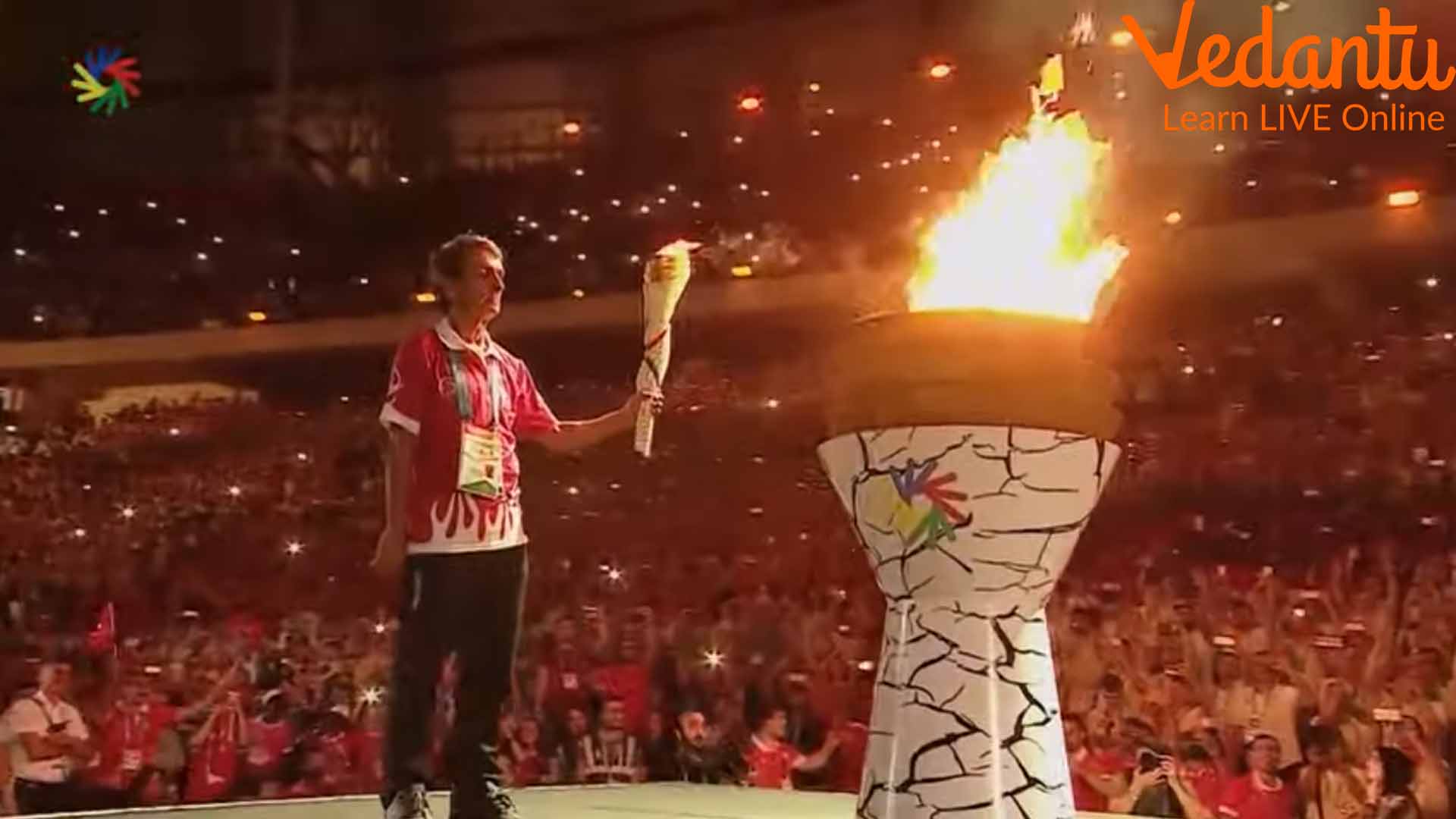History of Deaflympics and Its Importance
We enjoy the events conducted in the Olympics. However, do you know that physically challenged athletes also participate in international events to compete? One such event is the Deaflympics. It is the event where deaf athletes across the world participate in different events.
This international event is held in two different modes. The Summer Deaflympics is arranged during the summer season, while the winter version is held in the cold countries. Every time it is organised, it has broken its old record of participation showing the enthusiasm of the athletes and the countries supporting them. Let us find out more about this international sports event.
What is Deaflympics?
The International Committee of the Sports for the Deaf (ICSD) organises an international sports event where athletes from all over the world participate in different sports events. The prime criteria of this worldwide sports event are that the athletes have to be deaf or hearing impaired to qualify as sportspeople.
This event was organised with the name the International Silent Games in 1924 in Paris for the first time. It was the idea of Eugène Rubens-Alcais, the contemporary President of the French Deaf Sports Federation. He was also a deaf sports person and thought of raising awareness of how deaf people can also be athletes. In the first event, 9 European countries participated.
Where Was the First Deaflympics Held?
As mentioned earlier, this idea of organising a worldwide sports event where only deaf sports persons will participate originated in Paris, France. It was the idea of Eugène Rubens-Alcais, the father of Deaflympics. It was his initiative and the participation of 9 European countries that made it possible.
It was in 1924 that this international sports event was first held. The prime aim of this event was to explain that deaf people are not socially inferior in any way to normal people. It was Eugène who created an international platform to showcase how deaf athletes can perform as good as normal athletes to break the stereotypical thoughts. Hence, if you are wondering in which year the first Deaflympics were organised, it was 1924. It was the summer version of this international event.

Deaflympics and its Logo
Facts About the Deaflympics
It was organised in 1924 and only 124 athletes participated from 9 European countries. Like the Olympics, this international sports event was decided to be held every 4 years.
The USA was the first non-European country to participate in this international event in 1935. It joined the ICSD committee.
The first Winter Deaflympics was held in Austria in 1949 after World War II. It was decided that the Winter Deaflympics will be held every 4 years and the venue will be decided by the committee. The first Winter Deaflympics witnessed the participation of 33 athletes from 5 countries.
Only 2 Summer Deaflympics were cancelled due to the outbreak of World War II. It was in 1943 and 1947 that two summer events were cancelled by the committee due to the ongoing crisis. Deaflympics started in 1924 and is still continued with more participation.
The sports events are sanctioned by the International Olympics Committee (IOC) and competed by deaf athletes only. The prime criterion of these events is that sportspersons with a 55-decibel hearing loss or more will be able to qualify as participants.
Any country can participate and there is no age limit.
This international sports event is the second oldest multi-sport event in the world after the Olympics. Deaflympics is related to the Olympics as the IOC sanctions the events. In fact, it is recognised by the committee as an international multi-sport event.
The logo has been inspired by the five rings of the Olympics. Its logo represents the iris of our eyes. It shows how a deaf sportsperson has to rely on his eyes only to cross the barriers of deafness and participate in such events.
You will be surprised to know that the 23rd Deaflympics organised in Samsun, Turkey, witnessed the participation of 2859 athletes. 86 countries participated in that event and every time this event is held, the record breaks.
There are 113 national federations that are members of ICSD. These federations recognise and send their representative sportspersons to participate in the events.
Hurdles of Deaflympics
The biggest hurdle of this international sports event is that the athletes cannot be given the instruction to begin an event in conventional ways. They cannot hear the sound of starter guns or the whistles. In fact, contact sports such as karate, judo, football, rugby, etc. cannot let sportspersons wear cochlear implants.
The starter's gun is replaced in the Deaflympics by using devices that can project light. For instance, a race does not start with a starter gun. The referee uses a flashlight to start a race. On the other hand, football matches are conducted using flags waved at the players, not whistles. It is also customary that the spectators will not cheer the athletes. They don’t clap but wave their hands to cheer up the athletes from the pavilion.
The Motto of Deaflympics
Despite such hurdles and drawbacks, we see the immense enthusiasm among the countries, sports, federations and athletes to participate and break the chain. It is the international platform where the athletes showcase their hard work and prove themselves.
Deaflympics: The Dream
It is this platform that allows them to fly sky high and achieve their dreams. The motto of Deaflympics is ‘Per Ludos Aequalitas’ which means ‘Equality through Sports’. This motto adheres to the ideology of the Olympics.
Athletes meet, participate, and compete at this level forgetting their origin and nationality. They become one. During the events, they show their dedication and enjoy the patronage from the audience without listening to a single sound.







